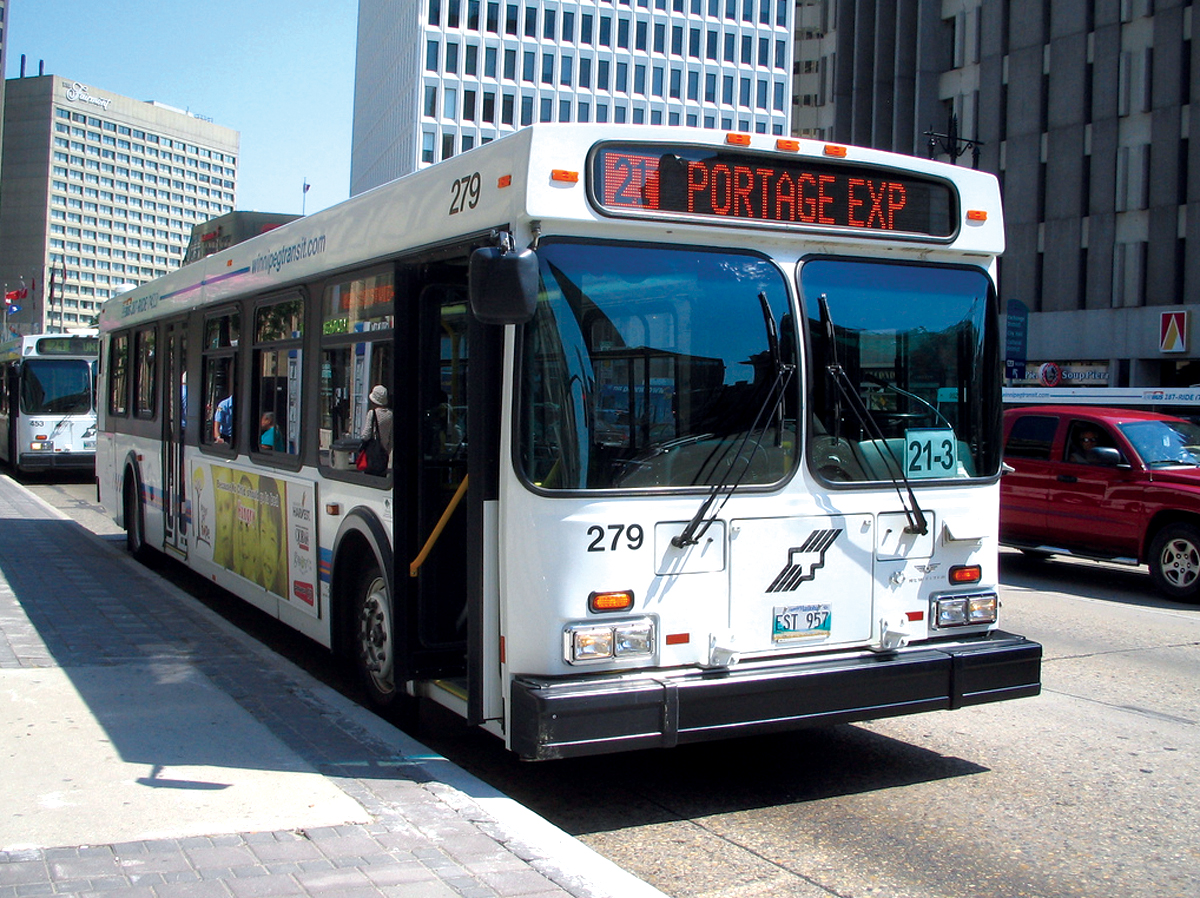
The big complaint by newbies to Winnipeg from places such as Toronto with its 75-year-old subway and rapid transit system is that Winnipeg public transit system is inadequate. The reasons for this are many and some are being addressed as will be laid out a little further. But one reason is the urban sprawl of a prairie city, not hemmed in by lakes or other geographical features. To some, this is an undesirable situation, even deplorable situation.
I beg to differ. Prairie people are far-seers. We are used to being in wide open spaces where we can watch the sun set over the horizon eight miles off. Most of us like our living space to be just as open and accessible. Many of us grew up in the country, where the land stretched out before us in a glorious panorama. Yes, we hear the density proponents, but for the most part their warnings of doom if we don’t learn to live in an anthill, fall on deaf ears. We like our space.
That does not mean we don’t think people should not have access to public transportation and our city fathers are working on a modernized program. However, the plan still leaves the farthest flung suburbs a bit lacking in rapid service and many will continue to rely on their a cars. That’s okay by me. If I want to be within a hop skip and a jump to the nearest store, I can move close to the inner city.
Nevertheless, there has been a perennial debate over the last 20 or so years about the sad state of public transportation in Winnipeg. So, a lot of work has gone into finding a remedy. Part of this is the Winnipeg Master Transit Plan that is about to be rolled out in 2025. The plan will completely reorganize the routes that have been in service for decades, with three additional Rapid Line routes through major traffic arteries. According to the plan, “East and West along Portage Avenue, North south along Main and another line down Regent to Transcona would run every five to ten minutes, frequent line service routes along busy roads would come through every 10 to 15 minutes, and direct lines serviced by feeder routes would have a 10 to 20 minute frequency rate.” You can look at the detail here.
In addition, the city will modernize its fleet over a period of years. A fleet of 150 new no-emission buses will be in service by 2050, produced by our own New Flyer Industries, North America’s largest manufacturer of public transit buses. The first of this new fleet, 16 60-foot buses that will ply the main routes, will come online this June 2024. The buses will be powered by a combination of electric batteries and hydrogen fuel cells, and Winnipeg will be the first city in Canada to have them.
A pilot project started back in 2021 that was supposed to run for a year has also been expanded as part of the new plan. This is the on-request service where customers can use the city of Winnipeg On-Request app or call 311 to request a bus close to where they are and have themselves delivered to several key locations. The three routes that have been part of the plan since 2021 are 101 St. Vital, 102 Southdale, and 110 St. Boniface. “When you book a trip, you will be given a pick-up time and walking directions to a set pick-up/drop-off location – also known as a virtual stop – in your neighbourhood,” says the city.
That still leaves a long way to go, but at least there is a plan to modernize the system and its equipment. Currently, the city has a fleet of 592 40-foot busses and 40 60-footers running on 87 bus routes and servicing 5,155 bus stops that host 870 bus shelters. We are number six, behind many Canadian cities of a comparable size, in terms of our service.
Safety continues to be a concern. We have been told that only a half dozen routes are dangerous but it seems that this may extend beyond what would be the usual areas of concern. Karl Thomsen, who uses buses regularly, says that he frequently sees very distressed and sometimes violent people board his bus in River Heights. “I don’t think the driver is allowed to do anything about it,” he remarks. His answer is to disembark as soon as possible. Why take a chance? However, the third week of February saw the new 20-member security team rolled out. The team will be equipped with batons and handcuffs, they have the power of arrest, and they have been trained in the art of de-escalation to deal with those in distress. They will patrol certain routes, mostly those going downtown.
Yet even with the security threat, Karl says, in many ways, the service is better now than it has been in the past. He points to the convenience of being able to track arrivals by cell phone. The plan is to improve communications, too, with a new wireless communication system that will accommodate additional security, mobile ticketing and better access to emergency services.
One complaint is the uncomfortable seats that have become part of the experience in newer buses over recent years. If there was more comfort would more people ride? Every bit helps.


